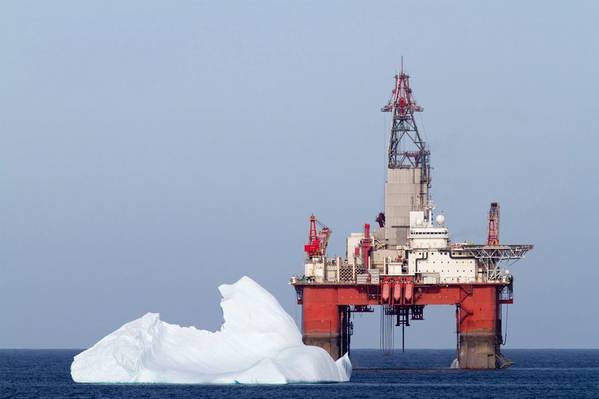
Icebergs on a collision course with petroleum facilities represent a serious hazard, according to a new study commissioned by the Petroleum Safety Authority Norway.
The study performed by ArcIso assessed the consequences of potential collisions between floating glacial ice and semi-submersible facilities as increasing activity in exploration drilling and developing major finds has put the High North in the spotlight in recent years.
Interactions between a modeled body of ice and a semi-submersible platform were studied under waves and currents, presenting likely points of impact and associated collision speeds. The SAMS simulation tool was used to establish an energy map for the required energy absorption for possible impact points on the structure. The calculated energy absorption is distributed between the ice and the structure, and damage assessments are made based on the energy assumed to be absorbed by the structure.
For the model studied, i.e. glacial ice of 15 meters’ extent, the largest absorption energy is 7.32 MJ, with moderate damage to the hull.
PSA stressed, however, that the study results are valid only for the model under study, as different ratios of stiffness and strength between the structure and the ice will yield different conclusions.
As activity in the High North continues to gain momentum, the PSA said it is working on a number of projects aiming to fill knowledge gaps relating to health, safety and environment challenges in this region.



